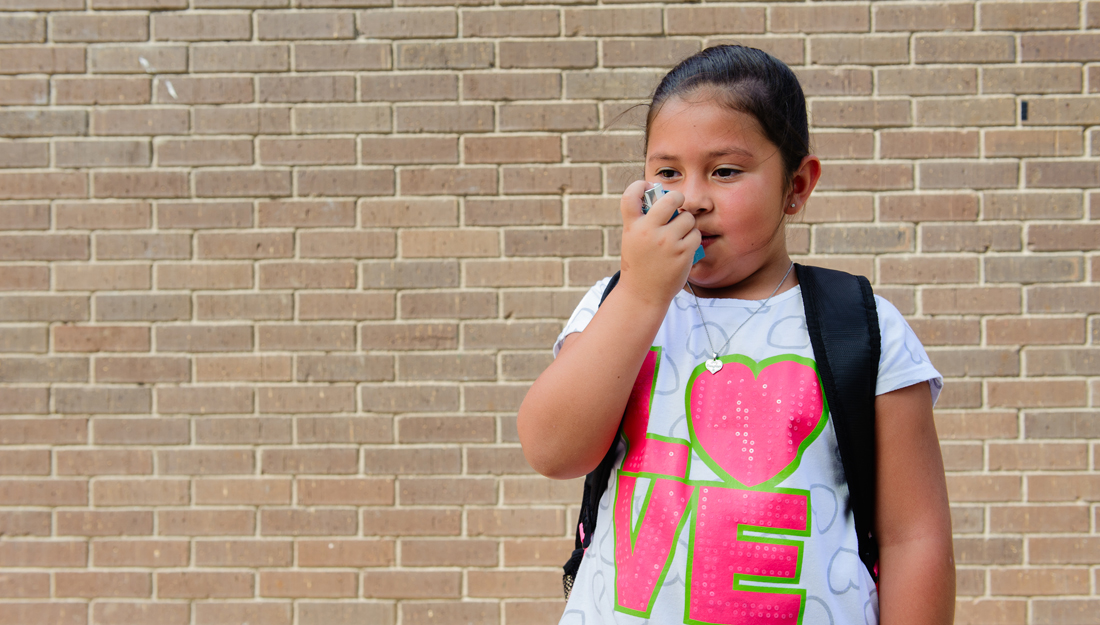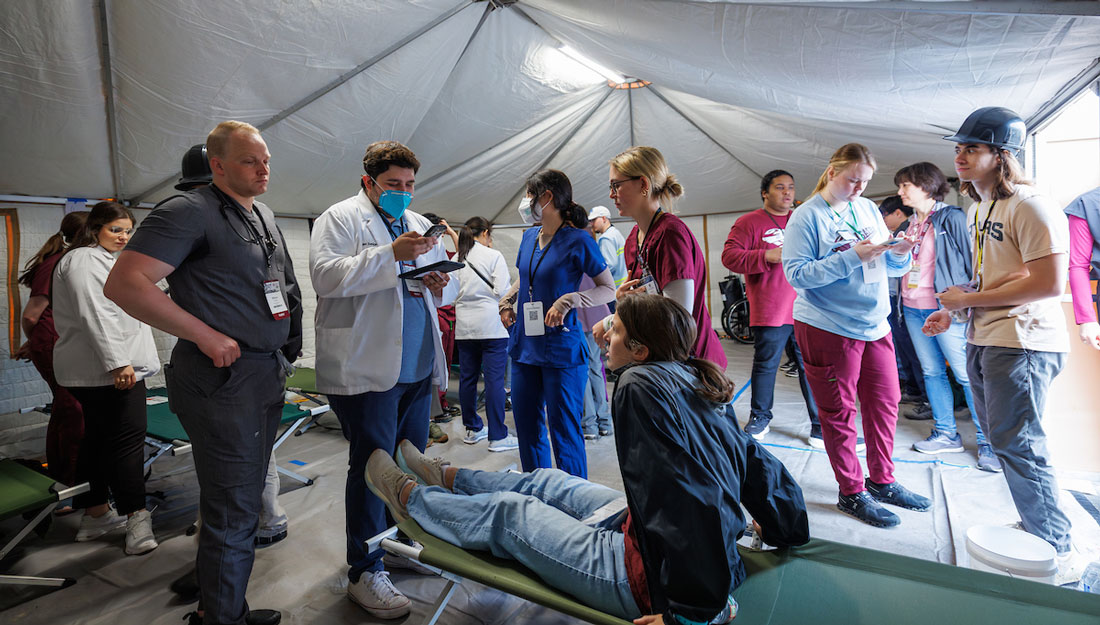Challenges Hispanic families in South Texas face managing childhood asthma

As the most common chronic disease affecting children in the United States, asthma brings challenges, ranging from missed days of work or school to emotional and financial stresses, to many families. Around 6.8 million children under the age of 18 have asthma, and the prevalence of the disease has been on the rise. Asthma is a lifelong condition with no cure, but it can be managed with medication and lifestyle. However, many parents lack the knowledge needed to help their children better manage their asthma and avoid things that can trigger attacks.
A new study led by Genny Carrillo, MD, ScD, associate professor in the Department of Environmental and Occupational Health at the Texas A&M School of Public Health, examined the challenges that Hispanic families in Hidalgo County, Texas, face in managing their children’s asthma. This research, published in the journal Frontiers in Public Health, surveyed parents of children with asthma between the ages of 5 and 12 and conducted focus groups to identify perceived barriers and limitations families face to developing better health interventions.
The results indicated that asthma seriously affects quality of life for children and their families. About half of the families surveyed had taken their children to the emergency room or had them hospitalized for asthma attacks.
“The disease affects children’s physical and mental health by limiting physical activity and leading to higher rates of obesity and through stress-related emotional symptoms,” said Carrillo. “Asthma is more prevalent in families along the United States-Mexico border and those with lower socioeconomic status, possibly due to more limited access to health insurance and health care providers and higher presence of environmental triggers such as pollution, dust and mold.”
More than half of the survey respondents reported a household income less than $15,000 per year and about 85 percent of the children in the survey received Medicaid. Yet despite nearly all the children using asthma medication, fewer than half of the families had received asthma education. Many participants in the focus groups stated they had heard about asthma for the first time when their child was diagnosed. Sharing information helped, as parents who had received education on medication use and what environmental triggers to avoid were better able to manage their children’s asthma symptoms and reduce their number of attacks.
Parents also shared with researchers that their children were not taking their asthma medications at schools due to bullying from their classmates. “This issue is worrisome since medical adherence is of utmost importance for the control of asthma,” Carrillo said.
The study findings suggest an overwhelming need for improved asthma education, particularly in Hispanic communities along the United States-Mexico border. Further research is needed to find more effective settings for asthma education, such as how to detect asthma, identify triggers and prevent attacks. Possible avenues for better education include outreach events at health fairs and other community events and forming partnerships with groups that already have relationships with the community.
“This study will help continued efforts to improve the quality of life of children with asthma and their families,” Carrillo said. “In addition, the work will help inform the creation of effective and culturally relevant interventions for communities facing challenges, such as poverty and language barriers, to help families keep their children healthy.”
Media contact: media@tamu.edu


